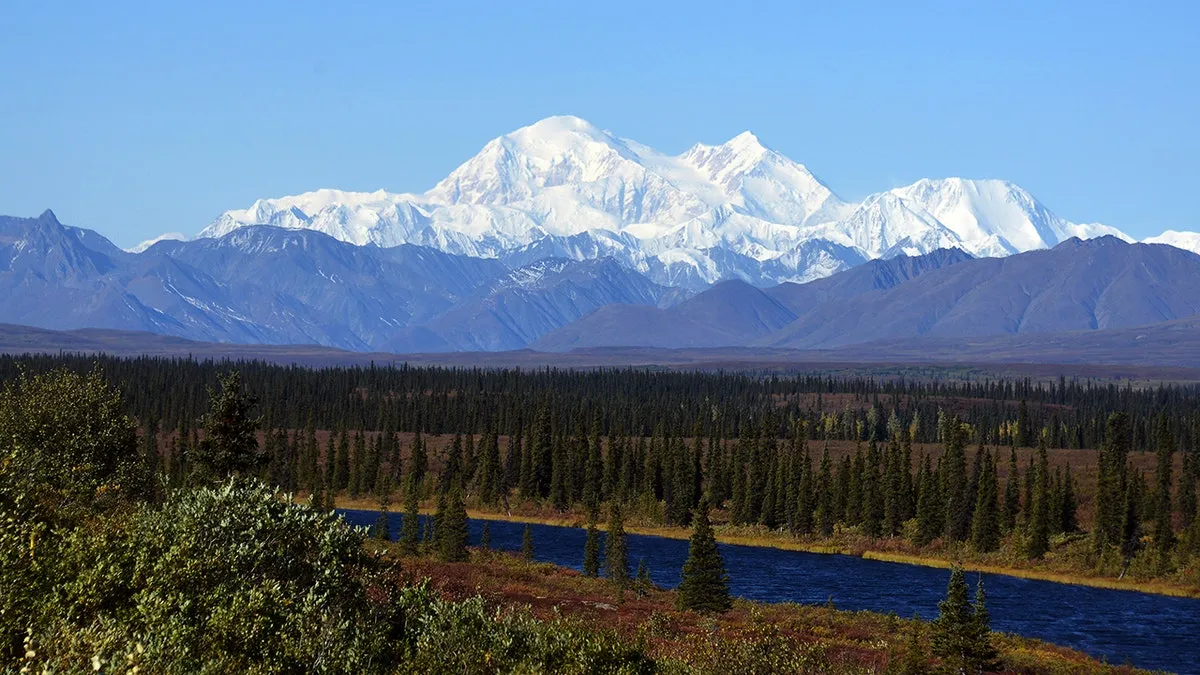Mount McKinley: The Untold Secrets of America’s Tallest Peak Revealed!
In the heart of Alaska’s wilderness, a mountain stands as a testament to natural grandeur and cultural resilience. Denali, formerly known as Mount McKinley, towers above the landscape, holding stories that stretch far beyond its impressive 20,310-foot height. This iconic peak is more than just a geographical landmark – it’s a symbol of complex historical narratives and indigenous heritage.
The mountain’s journey is a fascinating tale of cultural identity and historical transformation. Originally known by Native Alaskan tribes as Denali, meaning “The High One” in the Koyukon language, the peak was renamed Mount McKinley in 1896 by a gold prospector honoring then-presidential candidate William McKinley. Ironically, McKinley himself never set foot in Alaska.
For decades, the mountain carried a name that bore little connection to its true cultural roots. Local Alaskans and indigenous communities long advocated for restoring the mountain’s traditional name. Their persistent efforts finally bore fruit in 2015 when the U.S. government officially recognized Denali as the mountain’s rightful name.
The renaming process was not without controversy. Several key moments highlighted the complex political and cultural dynamics:
- Native Alaskan groups consistently pushed for cultural recognition
- Political representatives from Ohio historically opposed the name change
- The U.S. National Park Service played a crucial role in supporting the renaming
- Indigenous advocates emphasized the importance of preserving cultural heritage
Denali National Park, established in 1917, encompasses over six million acres of breathtaking wilderness. The park is home to an incredible diversity of wildlife, including grizzly bears, wolves, and moose. The mountain itself is a challenging destination for climbers, with its first successful ascent occurring in 1913 by a team led by Hudson Stuck.
The mountain’s geological significance is equally impressive. Part of the Alaska Range, Denali represents more than just a geographical feature – it’s a living testament to the region’s natural beauty and cultural complexity. Its elevation of 20,310 feet makes it the highest peak in North America, a fact that continues to inspire adventurers and researchers alike.
Climbing Denali is no small feat. The mountain’s extreme weather conditions and challenging altitude have claimed numerous lives and tested the limits of human endurance. Mountaineers from around the world view a successful summit as the ultimate test of skill and determination.
“Denali represents more than a mountain – it’s a symbol of resilience, cultural identity, and the enduring spirit of Alaska’s indigenous peoples.” – Local Alaskan Cultural Historian
The ongoing discussion about the mountain’s name reflects broader themes of cultural recognition and historical narrative. It demonstrates how language and naming can be powerful tools for acknowledging indigenous history and promoting cultural understanding.
Interesting Facts about Denali:
– Acquired by the U.S. from Russia in 1867
– Height confirmed through precise geological surveys
– Supports a unique and delicate ecosystem
– Continues to be a critical conservation area
As the debate continues, Denali stands tall – a majestic reminder of the complex stories embedded in our landscapes. Whether viewed through the lens of geological wonder, cultural significance, or adventurous challenge, this mountain continues to captivate the imagination of people worldwide.
The story of Denali is far from over – it remains a living, breathing symbol of Alaska’s rich and complex heritage.






Leave a Comment